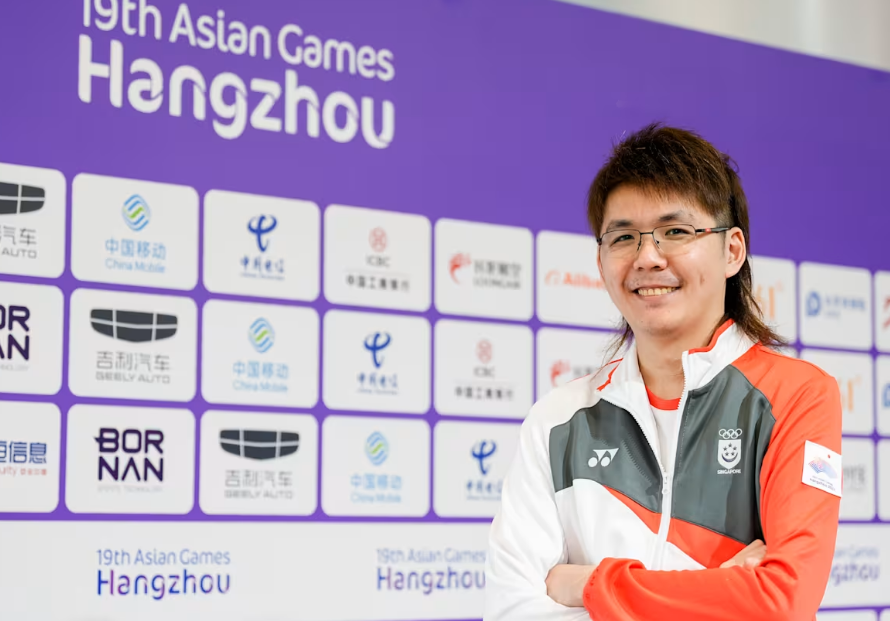The landscape of Asian esports has undergone a dramatic transformation, especially with the rise of cross-regional competitions. These events not only challenge geographical boundaries but also foster a rich exchange of culture, strategy, and talent across the continent.
Discover Club99 Gaming Bonus | Register & Login Here
Historically, Asian esports was segmented by national borders, with local leagues dominating the scene. However, the past decade has seen a seismic shift towards more inclusive, pan-Asian tournaments. Events like the Asian Games, which recently included esports as a medal event, highlight this trend towards broader, more integrated competition.
One of the key drivers of this evolution has been the technological advancements in gaming infrastructure. Improved internet speeds and connectivity options have made it feasible for players in India to compete against those in South Korea in real-time, with minimal latency. This technical leap has paved the way for events like the League of Legends Rift Rivals, where teams from various Asian regions clash in a display of top-tier gaming prowess.
Moreover, the cultural exchange facilitated by these competitions cannot be overstated. Players and fans are exposed to diverse gaming styles and strategies, enriching the overall competitive experience. For instance, Japanese precision in fighting games and Korean strategic depth in multiplayer online battle arena (MOBA) games offer learning opportunities that were previously limited to international majors.
Sponsors and media have also played a significant role in amplifying the reach and impact of cross-regional competitions. With major brands backing these events, the production quality and global viewership have skyrocketed, providing a platform for talents from less represented regions to shine on the world stage.
The evolution of cross-regional esports in Asia is a testament to the unifying power of competitive gaming. As these borders continue to blur, the future of Asian esports looks not only more interconnected but also more exciting than ever. This shift not only enhances the level of competition but also brings different cultures together under the banner of shared passion and respect for gaming.


